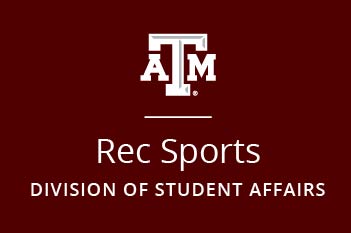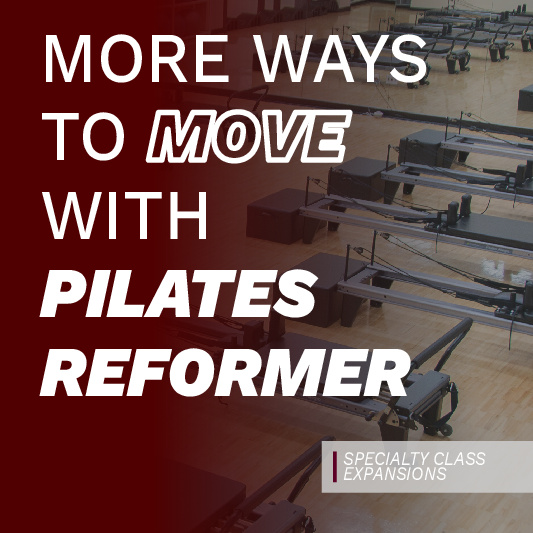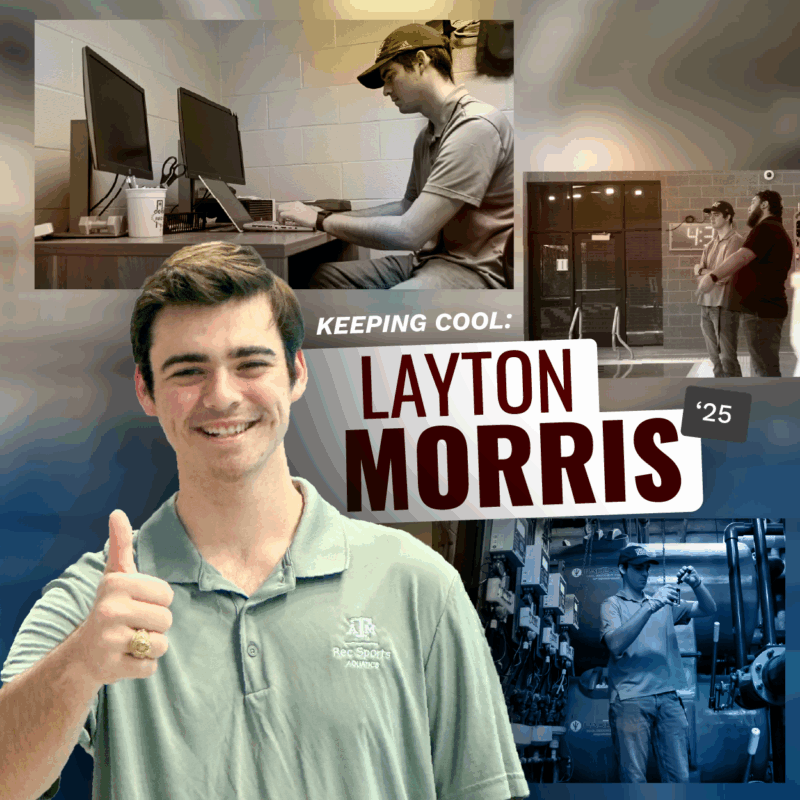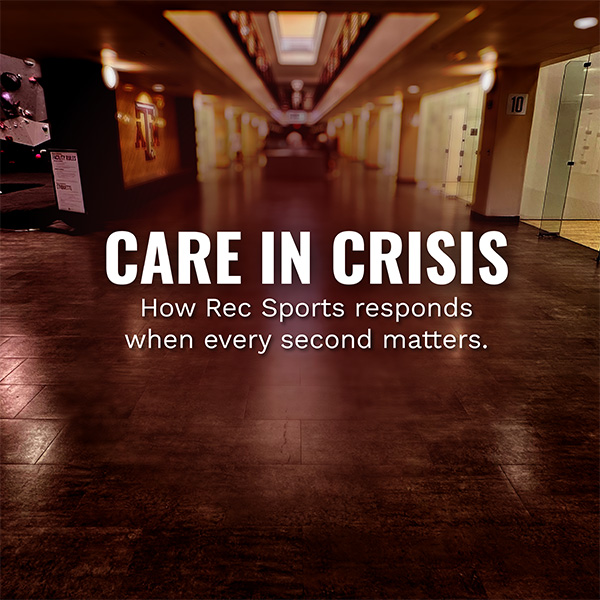Rec Sports Highlight
What’s the Difference?
Understanding Yoga, Tai Chi, and Pilates
Story by Mason Kautz
The Fitness & Wellness program under the Department of Rec Sports hosts a variety of classes for patrons to attend. For the unacquainted, many of these classes may seem similar or be completely new to mind. As such, a question you may be thinking as you scroll through the Rec Sports app is simply, “what’s the difference”?
Yoga
Derived from a philosophical practice in India, yoga gives participants the opportunity to strengthen muscles, improve flexibility and mobility, and relieve stress. This fitness program is rooted in spiritual exploration, and it emphasizes breathing and flexibility through a series of postures, especially those sitting, lying down, or prone on a floor mat.
“It’s very spiritual in practice, but it has nothing to do with religion. I think that’s also good to know about yoga,” said Anna Taggart, the director of Fitness & Wellness at Texas A&M Rec Sports. “Typically in a yoga class, you can expect to see elements that focus on meditation, breathing, strength, balance, and flexibility.”
At Rec Sports, yoga classes are of the hatha variation, which is based on the dichotomy of energy systems, such as sun and moon, masculine and feminine, and yin and yang, among others. Movements in these classes are typically about holding poses for periods of time before transitioning into new postures.
Yoga is a staple of the Fitness & Wellness program at Texas A&M Rec Sports, and classes are designed to benefit all audiences, from the novice learning yoga for the first time to the fitness guru with years of experience. At its most basic level, yoga classes at Rec Sports focus on listening to your body and moving in a way that feels best for it at that moment. You can find class offerings through the Rec Sports app and online at recconnect.tamu.edu.
Tai Chi
While tai chi and yoga both employ the use of postures for the structure of classes, they are not quite the same. While yoga stems from a philosophical practice in India, tai chi derives from a martial arts form in China. Similar to yoga, tai chi is a low-intensity program that improves mobility and strengthens muscles; however, tai chi is primarily practiced standing upright.
“The movements can be applied to actual combat, so that’s one of the things that makes [tai chi] different from yoga and Pilates, “ said DeVante Love, a fitness instructor at Rec Sports who teaches tai chi in his specialty classes. “They’re not thinking, how does this move relate to another person? Tai chi asks, how does this move relate to another person and also the self? So it’s very self-reflective.”
While other fitness programs may focus on a particular part of the body or a certain property (like strength of flexibility), tai chi is holistic in that every inch of the body is under focus. Also, while yoga emphasizes the holding of postures, tai chi emphasizes efficient movement of the body.
“Tai chi is the way that we move and find peace with our energy,” Love said.
Pilates
There are multiple forms of Pilates taught at Texas A&M Rec Sports, including traditional Pilates, Pilates Reformer, and Power Pilates. However, all stem from the same teaching of German anatomist Joseph Pilates. Where tai chi and yoga stem from eastern medicine, Pilates comes from the West, and while the two Eastern teachings focus on the body in a holistic fashion, Pilates targets specific muscle groups, usually in the core region.
“The core has a very strong emphasis in Pilates, so we want to make sure that the core is strong before we move into a fire hydrant move or a donkey kick,” said Novey Arrieta, a fitness instructor at Rec Sports. “It’s just foundational.”
Pilates is a highly structured program; its nine sequential principles guide the entire technique, and at Rec Sports, instructors take a traditional approach to the program and make sure to incorporate lower body and full-body exercises in the mat-based program.
Power Pilates is a program that includes more standing exercises, a regular use of dumbbells, and the inclusion of energetic music; it is a step up from the traditional Pilates class, but it is still geared for easy accessibility. Pilates Reformer is unique in its application, as all Pilates principles are applied to a spring-based resistance training machine called the Reformer.
Altogether, Rec Sports offers a collection of Pilates programs in which you can develop your personal fitness alongside other Aggies.
“Pilates can make an absolute difference in your health without taking a toll on your body,” said Kourtney Bassett, Employee Wellness Manager at Texas A&M University. “You can do it every single day whereas with some of our other programs, we fatigue a muscle group, and there is a time period where we need to allow that muscle group to rest.”
The programs summarized above are only a few of the programs offered at Texas A&M Rec Sports. To browse through and register for programs, visit the Rec Sports app or recconnect.tamu.edu.







